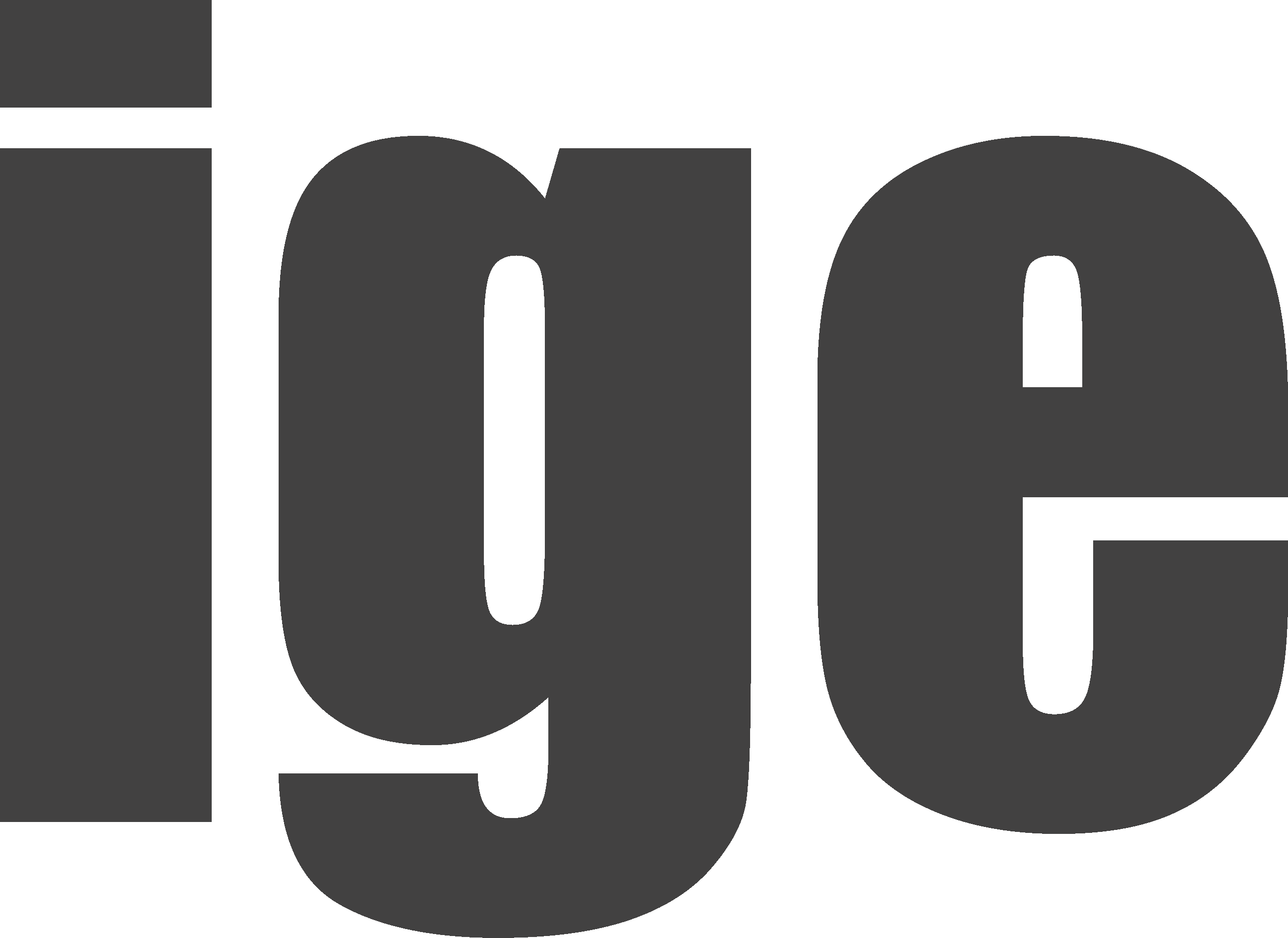Nearly Zero
2018/19
The EU directive “Energy Performance of Buildings” requires all new buildings to be nearly zero-energy by the end of 2020 and all new public buildings by the end of 2018.
What are the implications of this so-called EPBD (Ener- gy Performance of Buildings Directive) for real estate companies in Austria? And what are the implications for architecture and urban design? What are the im- plication for architects and students of architecture? Clearly the ability to be able to design these nearly Zero Energy Buildings will need to be part of the de- sign skill set of every architect.
In the context of this legislation, a nearly Zero Energy Building (nZEB) is defined as a building in which the primary energy consumption associated with heat- ing, cooling, lighting, hot water, pumps and fans is largely offset by the production of renewable ener- gy on the site. This is to be achieved by a combina- tion of high energy efficiency and the use of on-site renewable energy. In technical terms, two strategies are employed: Minimization of energy demand Maxi- mization of onsite-renewable energy production . For example, in an ongoing major architectural com- petition for a large governmental office development in a northern European City, teams of architects and engineers are invited to propose designs which must satisfy the following nZEB definition: the building complex is to have a primary energy demand of no more than approx. 85-100 kWh/m2a and on-site renewable energy production of no less than approx. 45 kWh/ m2a, giving a net primary energy demand of approx. 40-55 kWh/m2a. In Austria the requirements for the primary energy demand of office buildings, set by the “national plan” of the Austrian Institute for Construc- tion Engineering (OIB), are 84 kWh/m2a.
Should we really consider 84 kWh/m2a to be “nearly zero”?
Presumably, the idea behind the “nearly” in nearly Zero Energy Buildings is the concept encapsulated in economic theory by the expression “marginal cost” or “the law of diminishing returns”. The difference in cost between achieving zero energy and “nearly” zero energy is clearly perceived to be disproportional to the benefit; i.e., when cost is plotted against primary energy demand, the slope of the marginal cost curve increases rapidly as the energy demand approaches zero.
It is important to realize, that the current definition as- sumes a “net” energy balance between supply and demand when balanced over the period of a full year, so that theoretically it would be possible to produce all the renewable energy in summer only and use it in winter. The approach conventionally taken is to use the national electrical grid system as a virtual storage system; feeding surplus energy into the grid and extracting energy when demand exceeds onsite-energy production. This is commonly referred to as “Net Zero Energy Buildings”; NZEB. And so “nearly Zero Energy Buildings” are actually “nearly Net Zero Energy Buildings” - nNZEB.
As the proportion of buildings employing essentially volatile renewable energy sources and operating in such a way increases, the national grid systems are in- creasingly coming under pressure to retain stability of supply. In the climate of Central Europe, there is gen- erally a large temporal mismatch between renewable energy production and energy demand in buildings. Therefore, to achieve sustainable future-orientated development, a third strategy needs to be added to the two strategies mentioned above: incorporate adequate storage or maximize the so-called “energy flexibility” of the building in order to achieve load matching (a high degree of simultaneous supply and demand)
On an urban scale, so-called smart grids are being de- veloped to help alleviate the mismatch in supply and demand.
As we go forwards into the future of Zero Energy Building, further interesting questions arise: For ex- ample, should the energy demand associated with the building use (the so-called plug load), the embodied energy used in its construction and the energy associ- ated with the mobility requirements of the building’s inhabitants be included in the considerations? On an urban scale, what is the relationship between achiev- ing nZEB, building typology and urban density? In a broader European context, what is the relationship be- tween nZEB and climate?
Zero Energy Buildings or Zero Energy Neighborhood - which makes more sense? Is it really easier to achieve the later; i.e. nearly Zero Energy on the urban scale of a neighborhood, as is often purported?
Should we be aiming for Zero Energy or Zero Carbon Emissions? What about other pollution and waste pro- duction?
What can a building contribute to its environment? If a building is designed as a so-called “Plus Energy Build- ing”, it can supply the surplus renewable energy to the surrounding urban area. Clean water, clean air, im- provements in microclimate are further possibilities.
